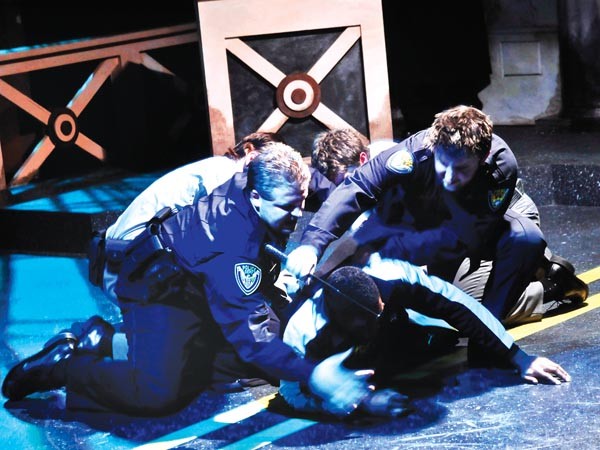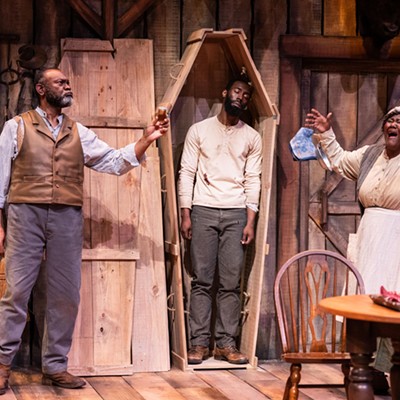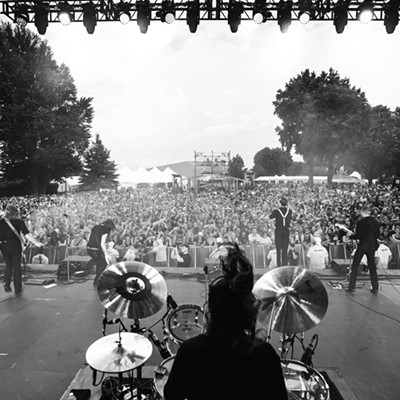In 1995, five Pittsburgh-area white men brought about the death of a black man and, to this day, they're all walking around free. It's difficult to imagine, in a city as racist as Pittsburgh, that were the situation reversed, those five black men would still be alive, let alone living peaceful lives.
But the white men were police officers and the black man was Jonny Gammage — the central figure of an incendiary case in Pittsburgh's recent past.
Attilio Favorini, longtime head of the University of Pittsburgh's Theatre Arts Department, has created a docu-play about what happened to Gammage that night out on Route 51, and the legal circus that followed his death. Using trial transcripts and scenes of invented conversations, Favorini and director Mark Clayton Southers have expended huge energy recalling this essential piece of our region's history.
The Gammage story can be divided in two: What happened that night to Gammage, as the script indicates, was a lynching. And The Gammage Project is never stronger than when his murder is recreated on stage in the most harrowing 10 minutes of my theater-going life.
The second story is the farce of justice that followed. Did the legal system fail because everyone was twisting the law to protect the Boys in Blue? Or did the system do what it was designed to do, by protecting the powerful?
This is where Pitt Repertory Theatre's very cluttered Gammage Project goes awry. The physical production is far too busy, with needless furniture movement and pace-stopping entrances and exits. And despite strong work by Laci Mosely, Marcus Muzopappa, Larry John Meyers, Ken Bolden, Bill Crean and Rico Romalus Parker, some of the acting choices are sub-par.
Favorini has cluttered his script as well. In recreating the trials, our focus should be how the court system of Allegheny County murdered Jonny Gammage a second time. But Favorini again and again pulls us away with scenes of stilted exposition, extraneous characters and endless side comments.
What's so horrifying about what happened to Gammage is that everyone — from cop to judge — acted "by the book," and yet somehow nobody was guilty. The Gammage Project still has a way to go to make its point.















